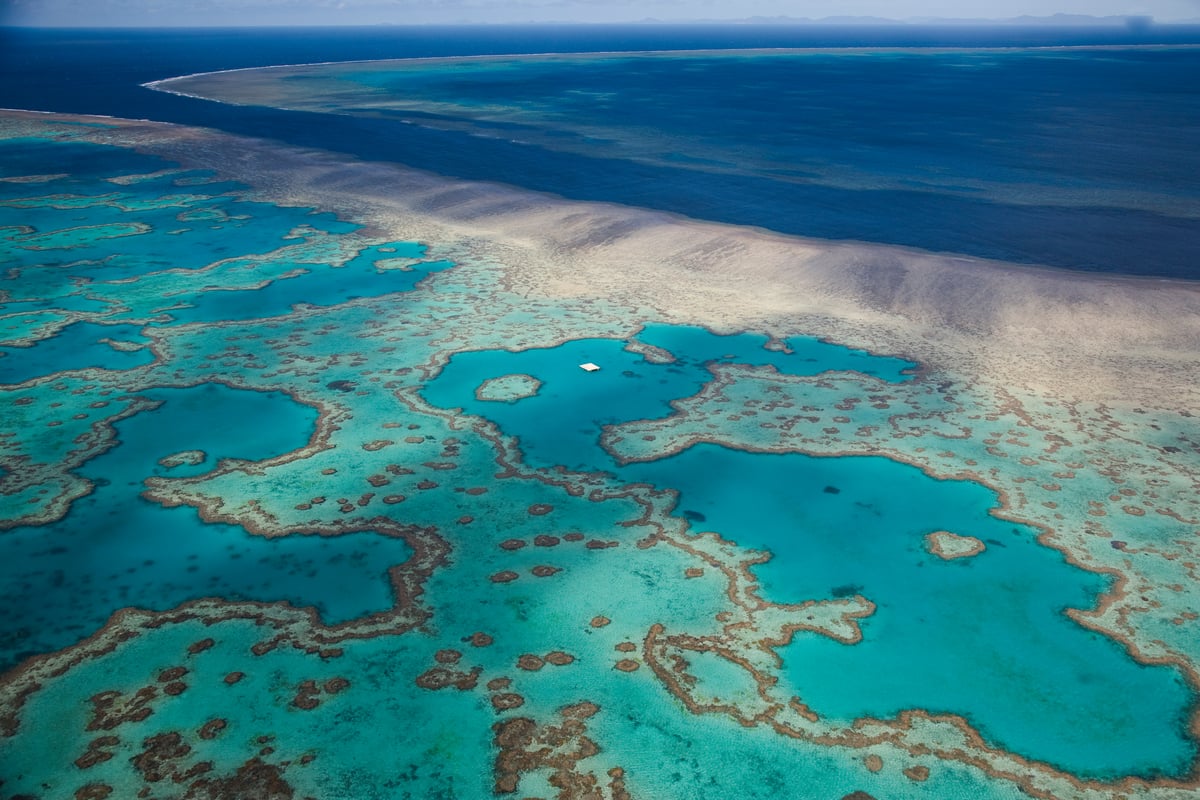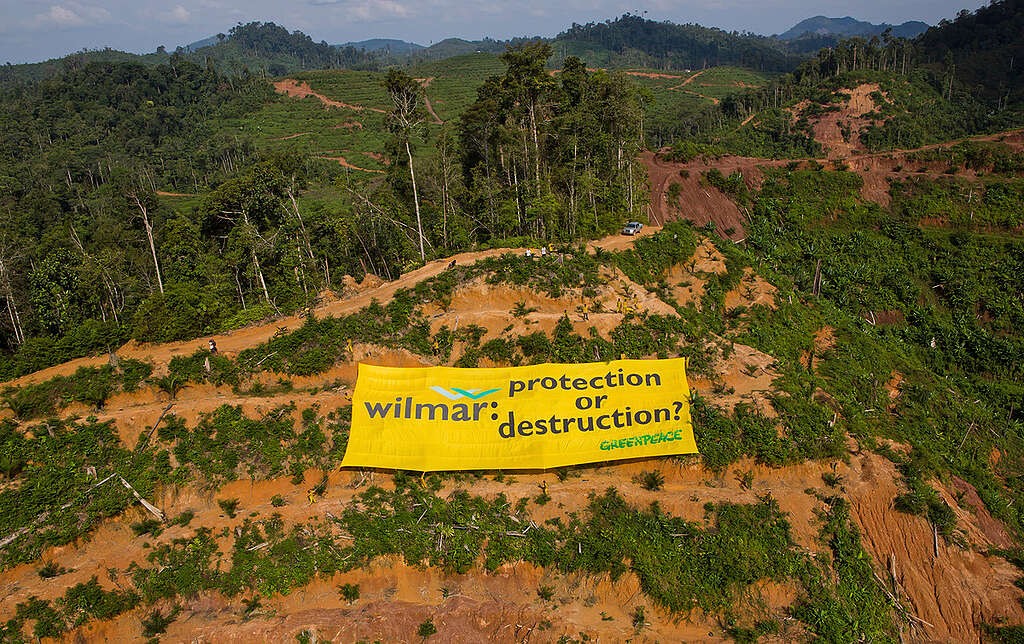Palm Oil
Every hour up to 300 football fields of Indonesian rainforest are destroyed to make room for palm oil plantations. Greenpeace is fighting to stop the sourcing of unethical “dirty palm oil” to protect the homes of indigenous peoples and endangered species.
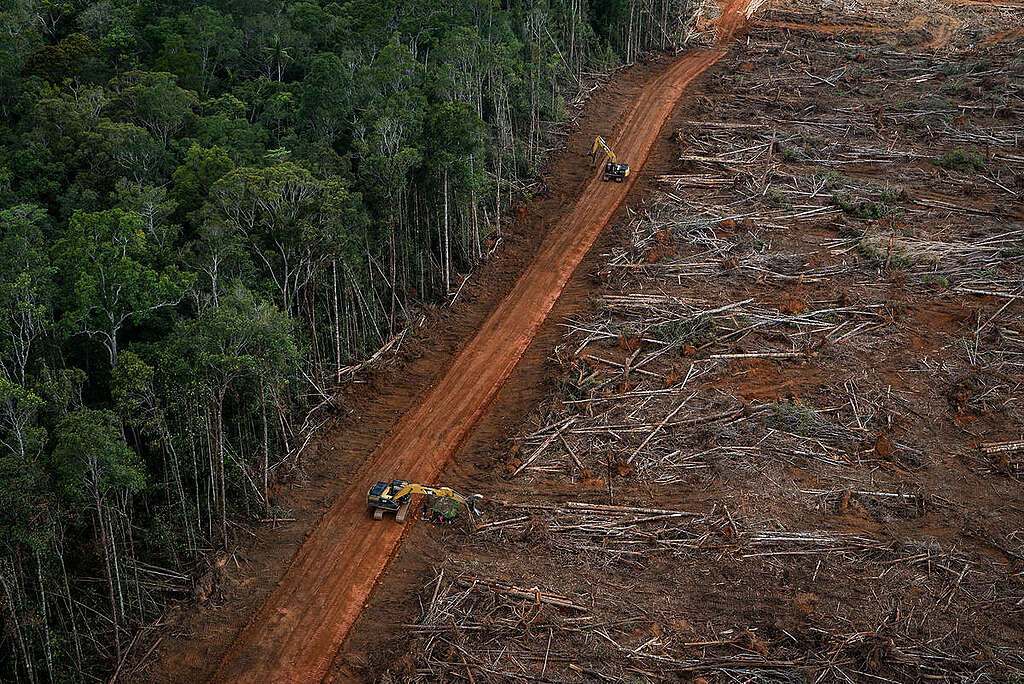
-
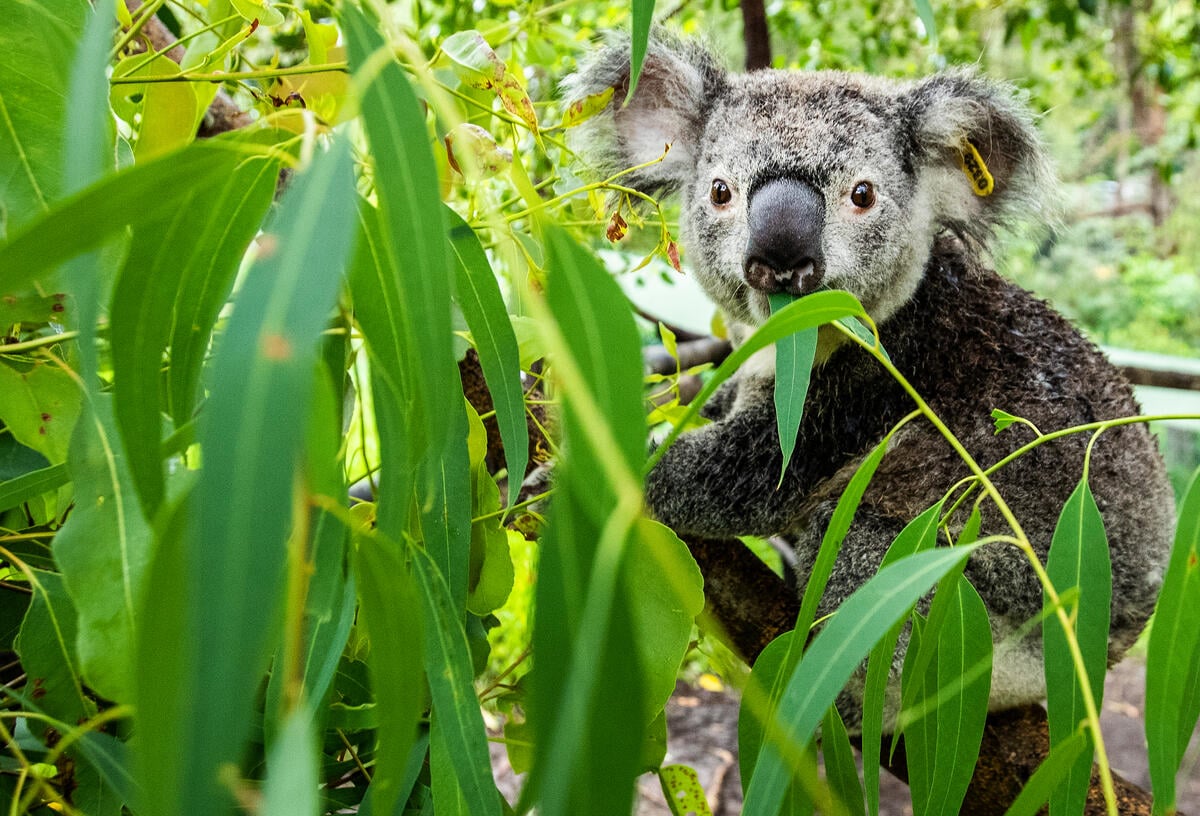
You can help protect our homes before it’s too late
Animals are being pushed to extinction from the Amazon to Australia as greedy corporations destroy the world’s forests. Donate now to stop this destruction.
-
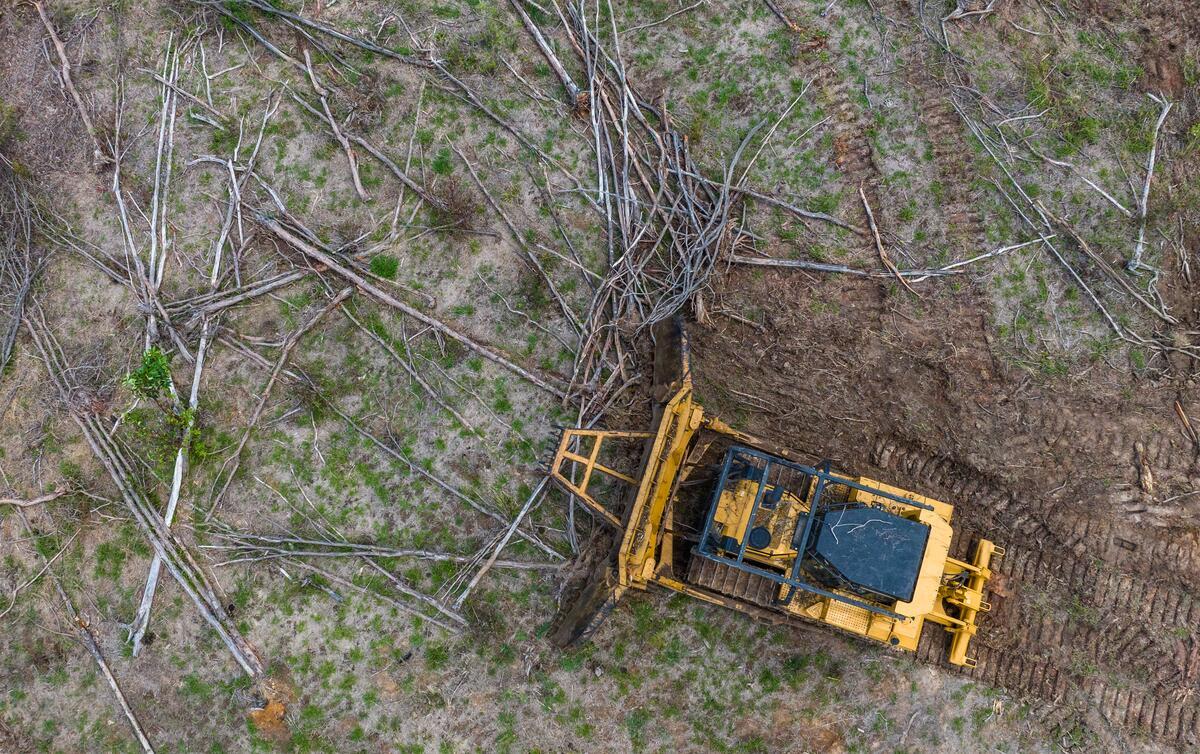
Help protect our forests: Submit a letter to the senate inquiry
Join us in writing to the senate. All you need to do is write from your heart using our guide, or you can copy and paste our pre written letter.
-
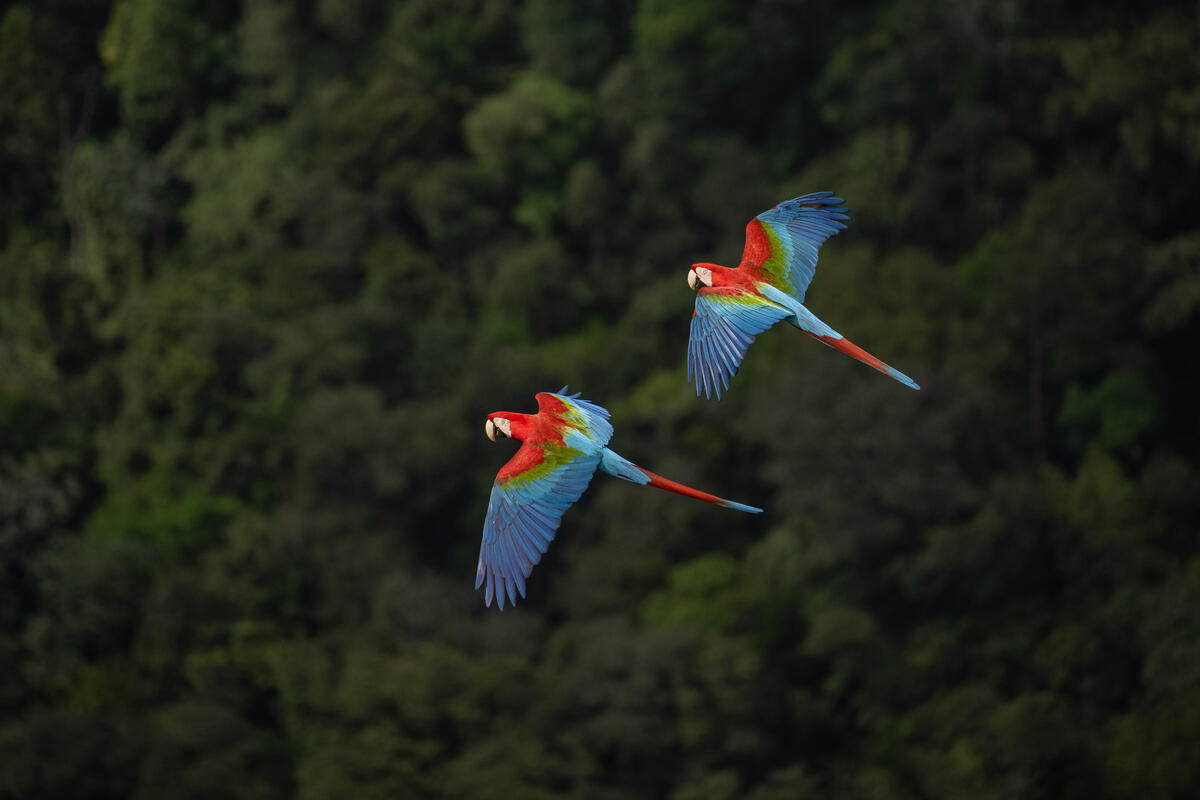
Call on PM Albanese to defend the Amazon
World leaders will soon be meeting to discuss the future of the Amazon…your voice can make a difference.
-
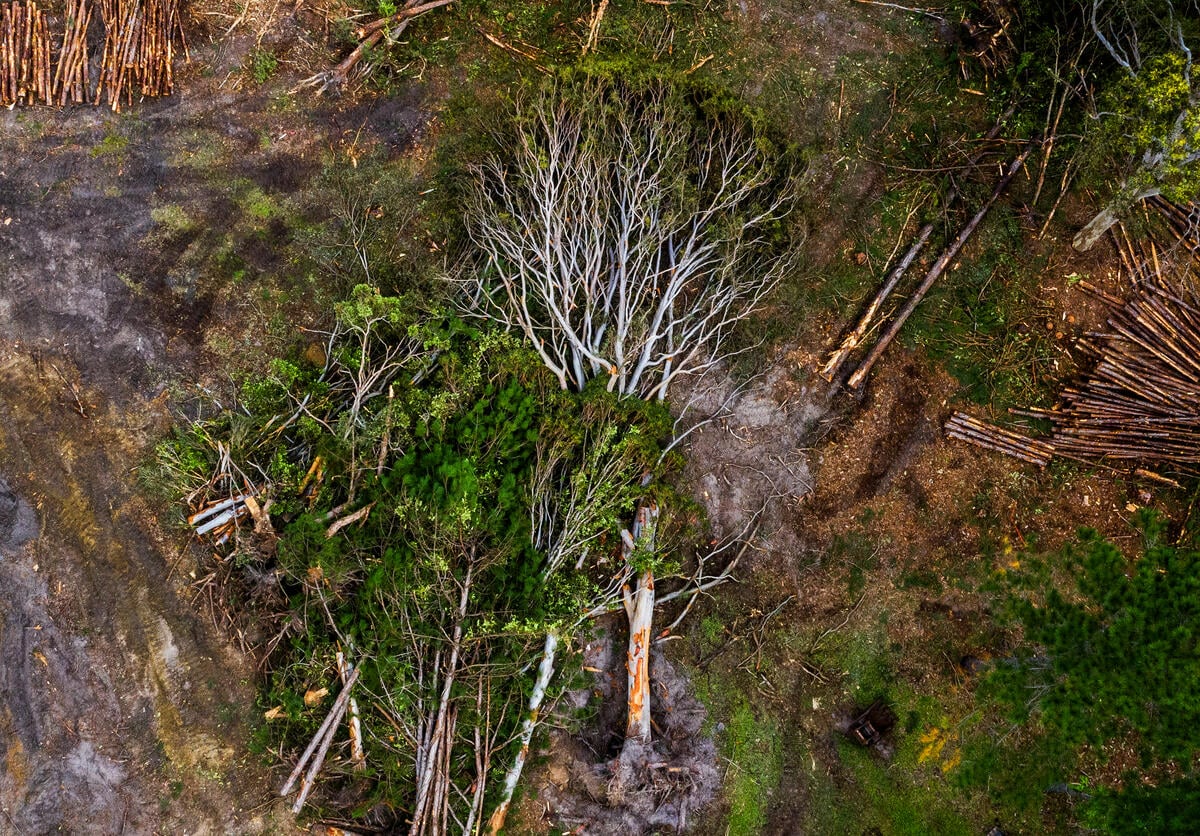
Tell your MP to protect our forests
Right now, the Albanese Government is rewriting our national nature law. It is a once-in-a-generation chance to protect forests and wildlife. Tell the government to protect our forests with a strong nature law.
-
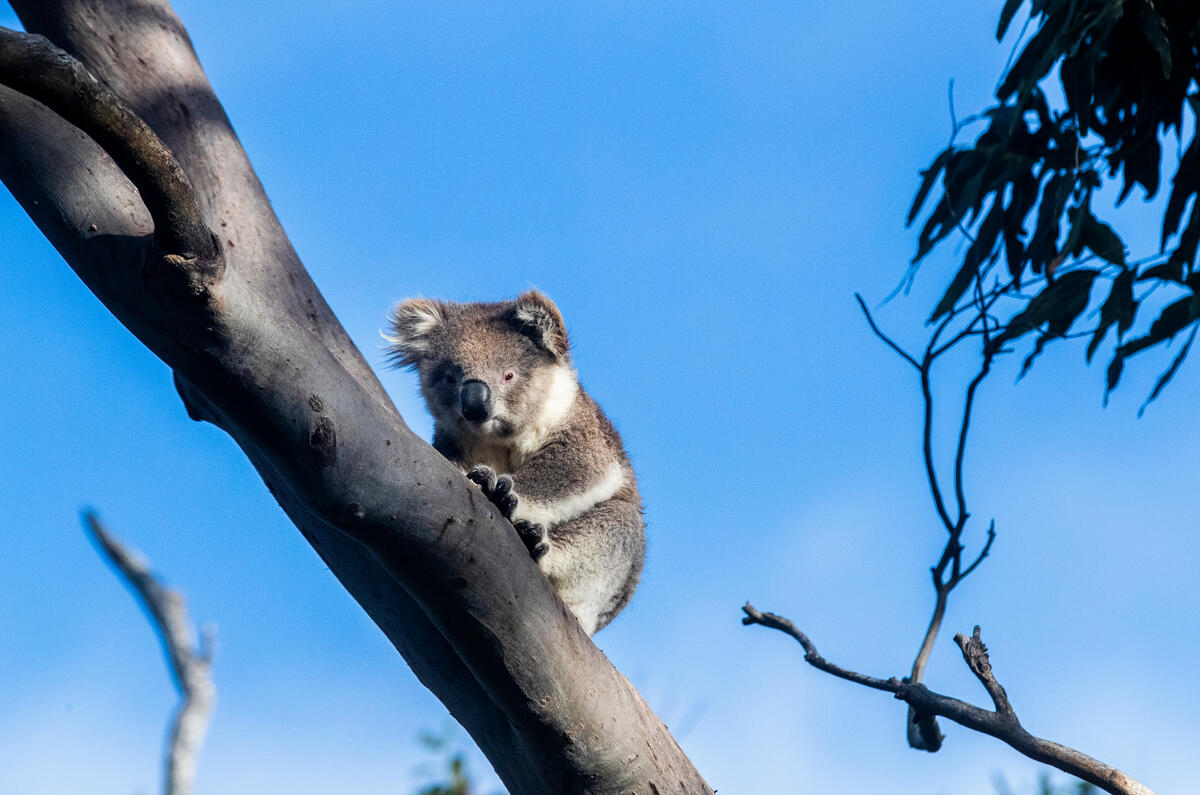
Our wildlife needs your urgent action
Australia’s native forests and animals are in crisis. We call on PM Anthony Albanese and his government to become a world leader in forest protection and act swiftly to protect our threatened native environment. We call on the Australian Federal Government to implement strong environmental protection laws to end deforestation in Australia by 2025.
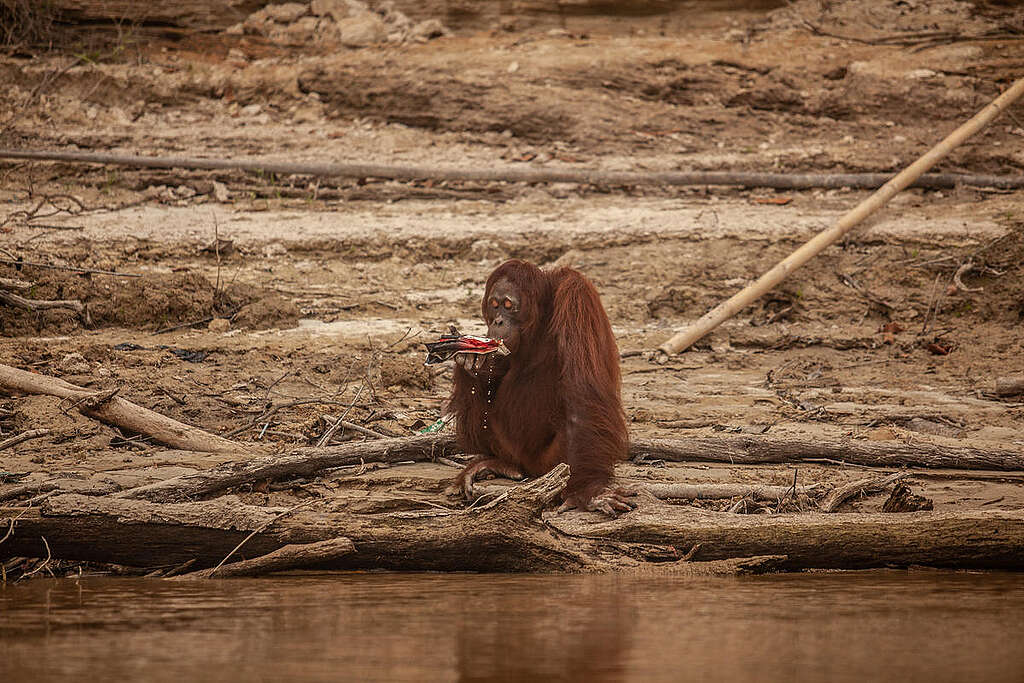
Add your name and tell big brands to stop using palm oil from forest destroyers.
Sign the petitionWhat is palm oil?
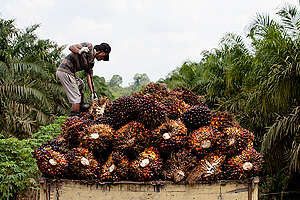
Palm oil is a type of vegetable oil that comes from the fruits in a few species of palm trees. In fact, this fruit produces two kinds of oil: oil from the pulp, typically used in food like chocolate or breakfast cereals, and oil from the seed which is often used in soap and shampoo.
Even though the two main species of palm oil trees come from Africa (Elaeis guineensis) and South America (Elaeis oleifera), they are mostly farmed in New Guinea, Indonesia and Malaysia.
What is palm oil used for?
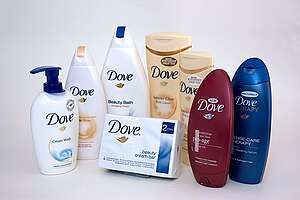
Palm oil is everywhere. From soap to cosmetics to your favourite foods, palm oil is even used as biofuel for vehicles. Amazingly, palm oil can be found in a massive 40% to 50% of household products in Australia. It’s used so extensively because of its numerous benefits: cheap production, long shelf life and its efficiency in terms of land use. All in all, companies can use palm oil to produce competitively priced products. This has caused an enormous spike in demand for palm oil. Indonesia is leading in producing palm oil with approximately 15 million hectares of land licensed for palm oil development.
What are the problems with Palm Oil?
Palm oil plantation environmental threats
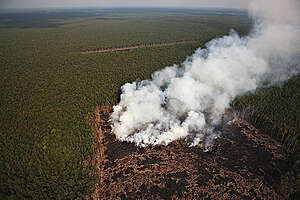
Fire, deforestation and smog
Fire is often used as part of the deforestation process which can spread and affect local communities directly. In cases where the fire is kept under control, the smoke produced can cause drastic health concerns, including diseases associated with smoke inhalation, resulting in thousands of premature deaths.
Orangutans
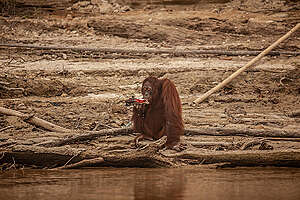
The Bornean Orangutan is now classified as “critically endangered”. The leading cause? Habitat loss due to forest clearing for plantations.
The Orangutan is an intelligent and beautiful species of Great Apes which spends the most time in trees of all Great Apes. Aside from the potential tragedy of losing such precious creatures for their own sake, they are also keystone species in these ecosystems, maintaining a careful balance by distributing seeds from fruit that they consume as part of their varied diet. In a practical sense, losing Orangutans could have dire impacts on the health of the ecosystem.
Climate change
Dirty palm oil industries are fuelling climate change. The fires used to burn rainforests in preparation for new plantations produce large quantities of greenhouse gasses contributing towards warming the planet but also removing the rainforests necessary for absorbing the greenhouse gasses out of the atmosphere.
Poaching
Finally the roads created for palm oil plantation owners and loggers provide easy access to poachers and ‘exotic’ endangered animal smugglers. Without these roads, poachers were cut off from the depths of the forests effectively giving endangered animals a sanctuary to live, breed and recover. Now, they have direct and easy access causing further threats to Orangutans and other critically endangered species.
Dirty palm oil – who is responsible?
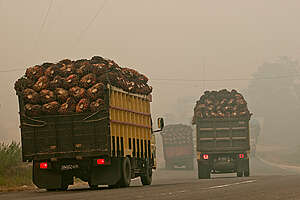
Even though the dirty palm oil industry is responsible for destroying precious forested areas in Indonesia and across South East Asia, big corporations that deliberately source from these suppliers are as guilty for the tropical forest destruction as the suppliers themselves. According to a report from Greenpeace, the palm oil demand from the largest brands, including Unilever, Nestlé, Colgate-Palmolive and Mondelez have led to the destruction of forested areas twice as big as Singapore in less than three years!
The report (assessing deforestation from 25 palm oil suppliers) also found that:
- These groups have cleared over 130,000ha of rainforest since the end of 2015
- 40% of deforestation (51,600ha) took place in Papua, Indonesia – one of the most biodiverse region on our planet
- 12 global companies sourced from at least 20 of the dirty palm oil suppliers. The 12 companies are Colgate-Palmolive, L’Oreal, Hershey, Kellogg’s, Kraft, Mars, Mondelez, General Mills, Heinz, Nestlé, PepsiCo, Reckitt Benckiser and Unilever.
Wilmar, the world’s largest palm oil trader, plays a role in the forest undergrowth as it buys from 18 of these 20 palm oil suppliers. In 2013, Greenpeace International revealed that Wilmar and its suppliers were linked not only to deforestation, but also illegal and extensive clearance of tiger habitat. Later that same year the company announced a new policy aiming ‘no deforestation, no peat, no exploitation’. However, Greenpeace found that the group is still sourcing dirty palm oil and causing further destruction of pristine rainforests.
Are some palm oil products ok?
You don’t need to stop using palm oil products. However, if you want to make sure you’re not indirectly supporting dirty palm oil companies you can make sure that you’re not purchasing products from irresponsible suppliers. The best option to find responsibly produced palm oil products is to check for the Responsibly sourced palm oil (RSPO) label. If you don’t have this alternative, look then for palm oil products with the Green Palm label, which supports the transition to certified palm oil. The money from Green Palm help growers transiting to sustainable palm oil. Keep in mind that such purchases for sustainable products has the power to lead to a snowball effect that would help end those destructive practices.
You can help bring an end to the destruction of our forests
Your ongoing support is the most effective way to contribute by helping us with long term campaign strategies.
-
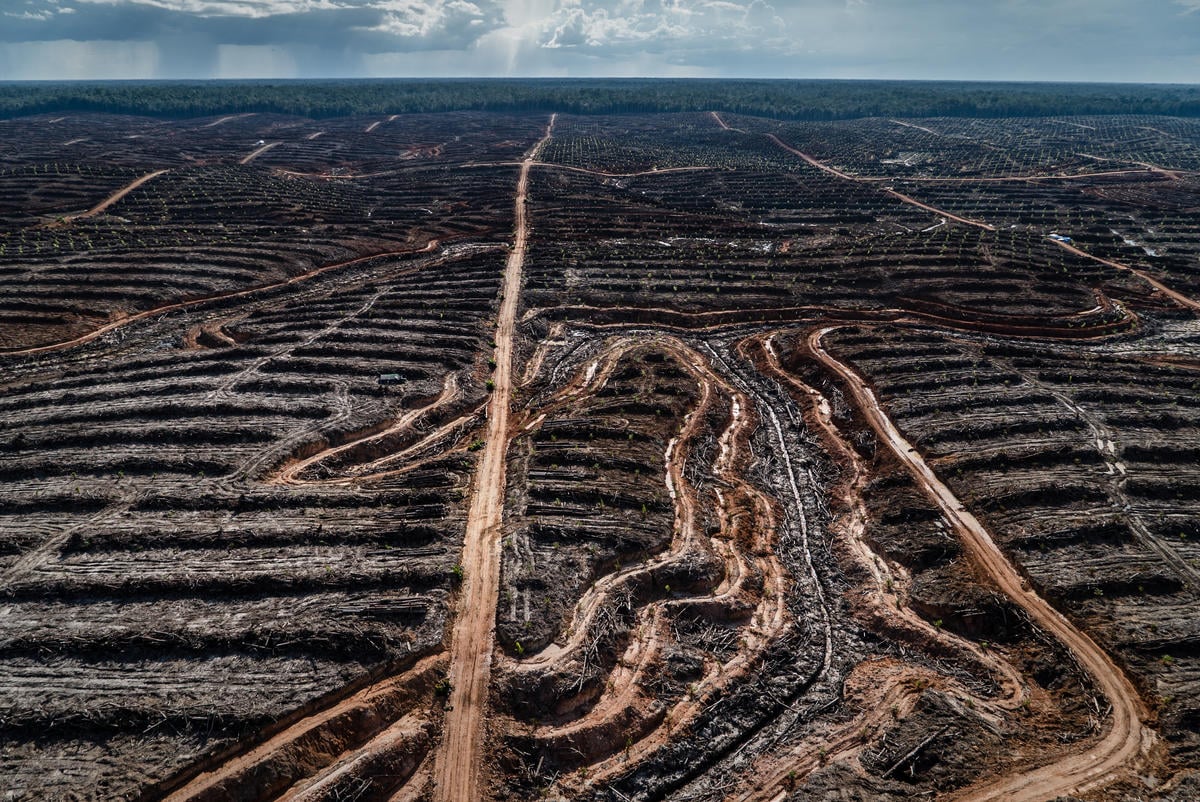
Fighting Against Deforestation and Illegal Logging
Deforestation is a threat we need to tackle urgently. We have lost the majority of the world’s forests and it’s vital to save what’s left.
-
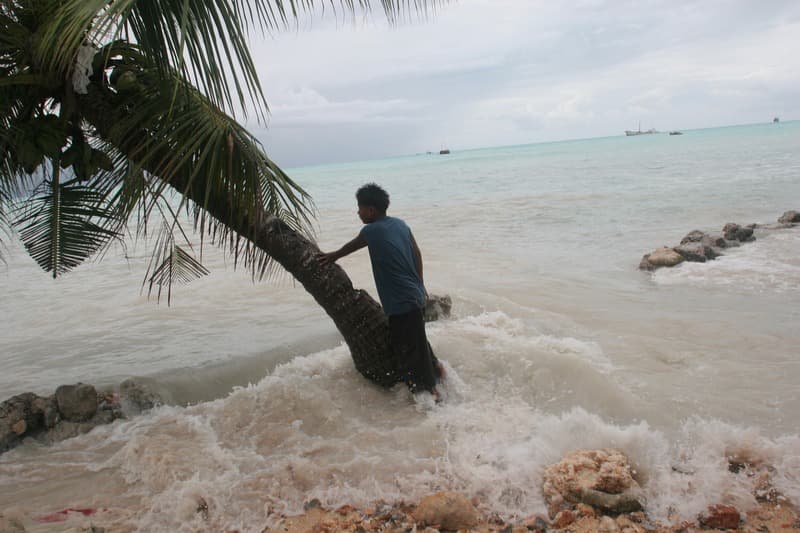
We’re going to COP26 in Glasgow to make leaders step up and tackle the climate crisis
Greenpeace Australia Pacific Board Member and human rights lawyer Kavita Naidu leads our Pacific delegation that will fight for climate justice at COP26. In less than a week, world leaders and representatives of almost 200 countries will meet in Glasgow, Scotland to come to an agreement on how to rein in a climate crisis that…
-
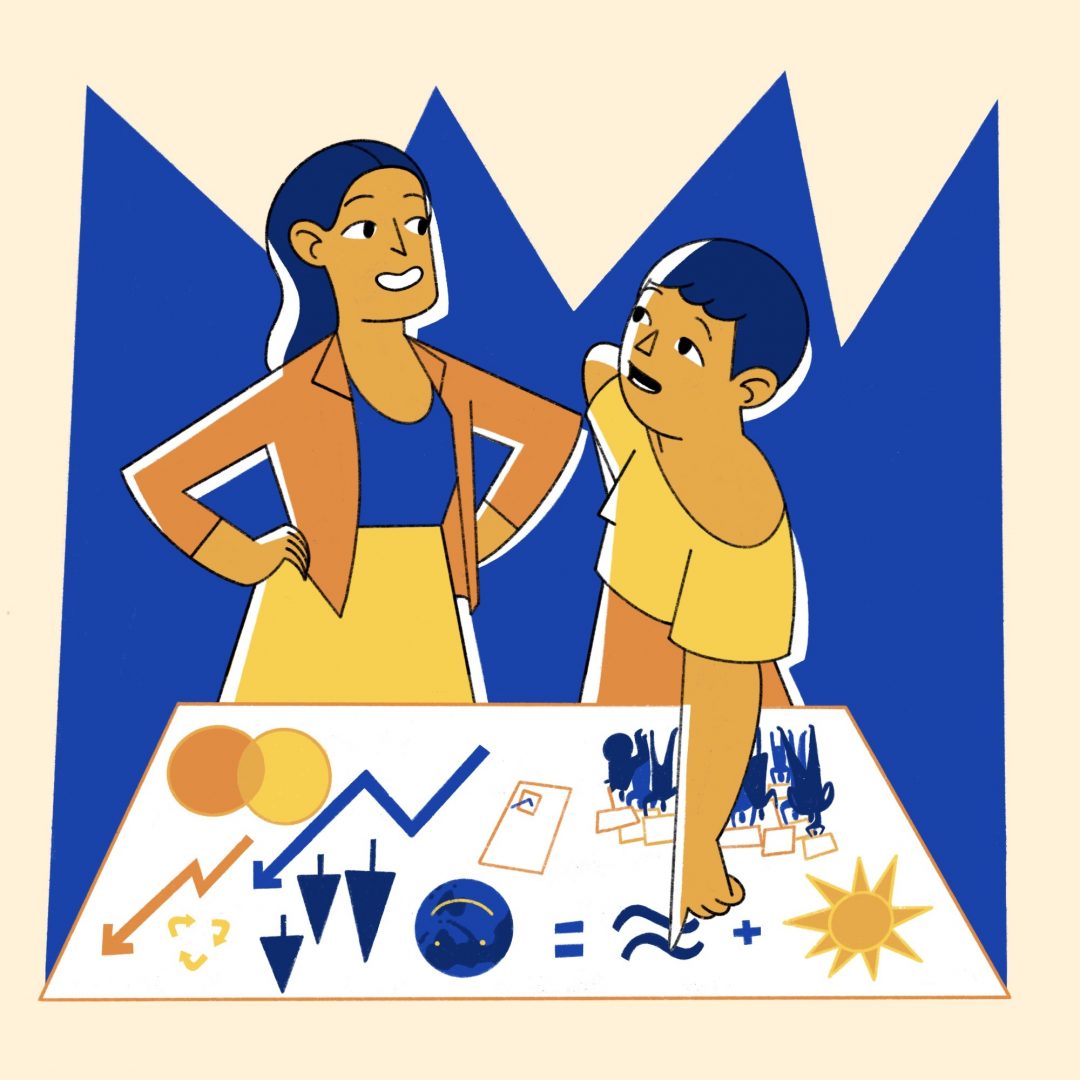
Heaps Better Episode 4: How can we make our leaders listen?
So how can we send the message that we want to move forwards to the renewable future and leave coal oil and gas in the past — and be heard? We need to raise our voices and our friends in the Pacific, Fenton Lutunatabua and Joseph Moeono-Kolio join us in Episode 4 to help us speed things…
-
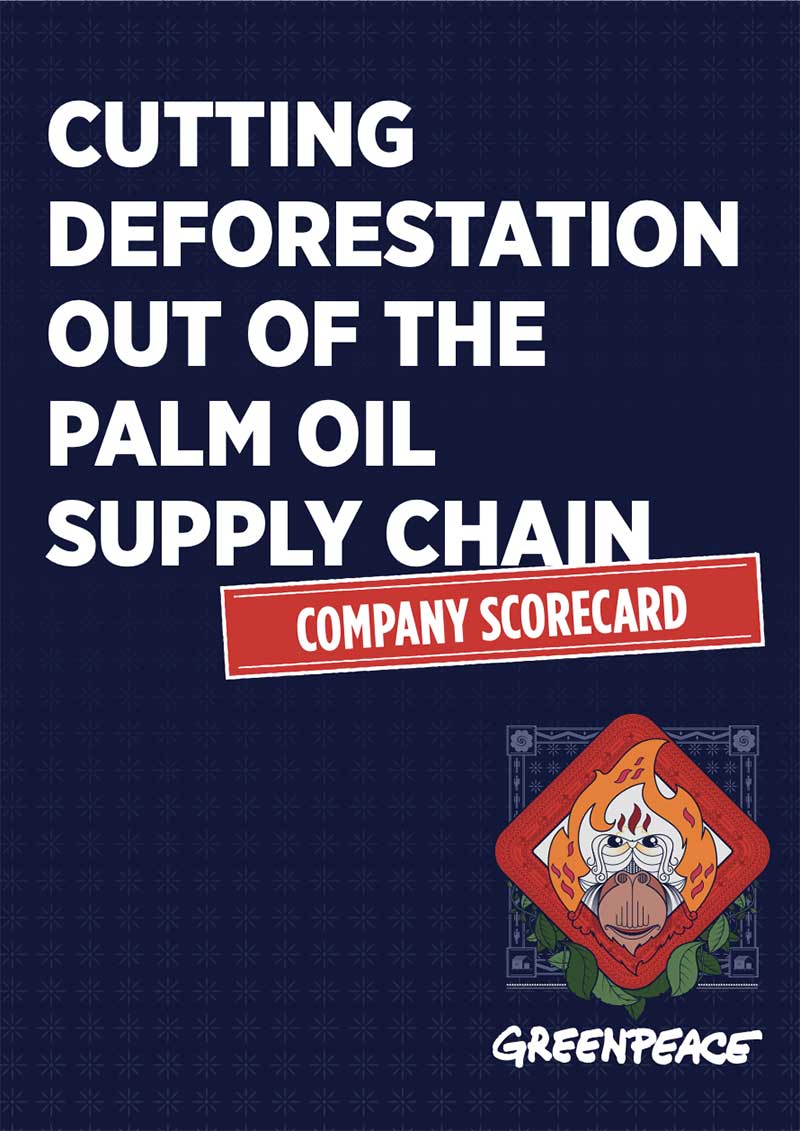
REPORT: Cutting deforestation out of the palm oil supply chain
In recent years, the world’s biggest companies have woken up to the environmental costs associated with palm oil and the other commodities they buy. Nowhere are those costs more evident than in Indonesia, which has lost 31 million hectares of forest, an area almost the size of Germany, since 1990.
Keep informed
Together we are part of a growing, global movement determined to bring about the changes our planet desperately needs. Sign up to receive updates on our campaigns.

